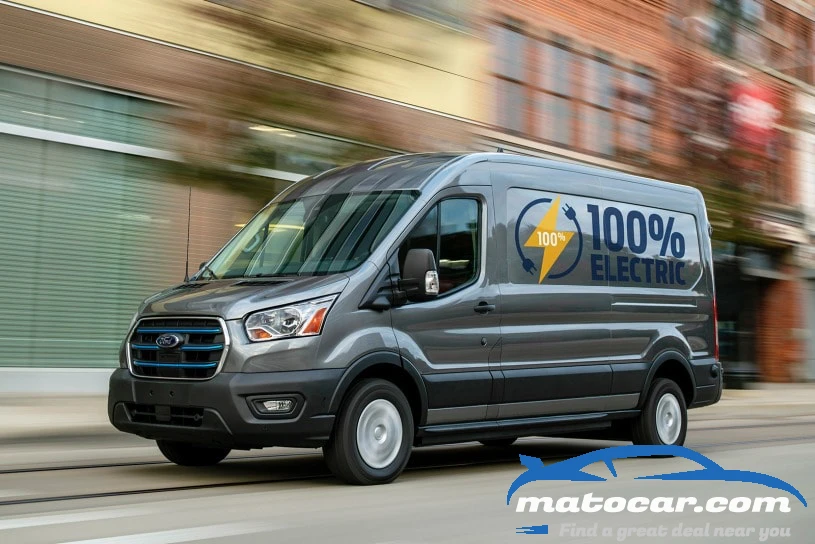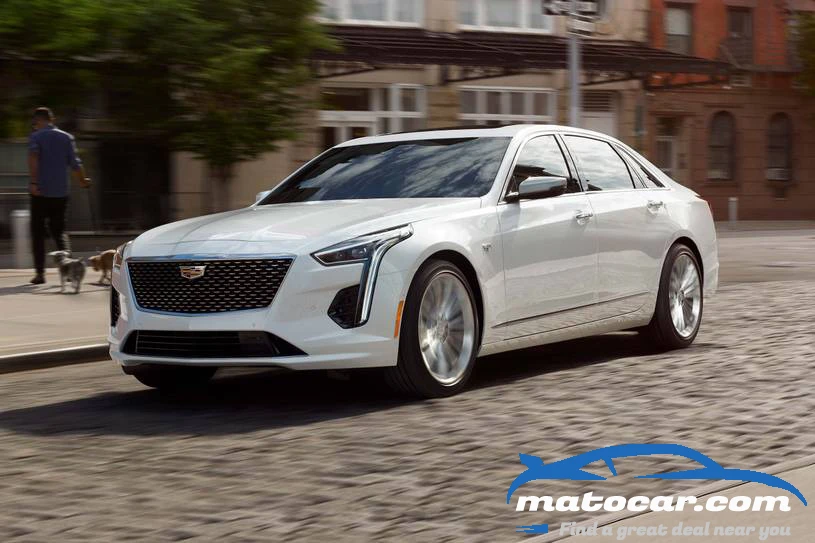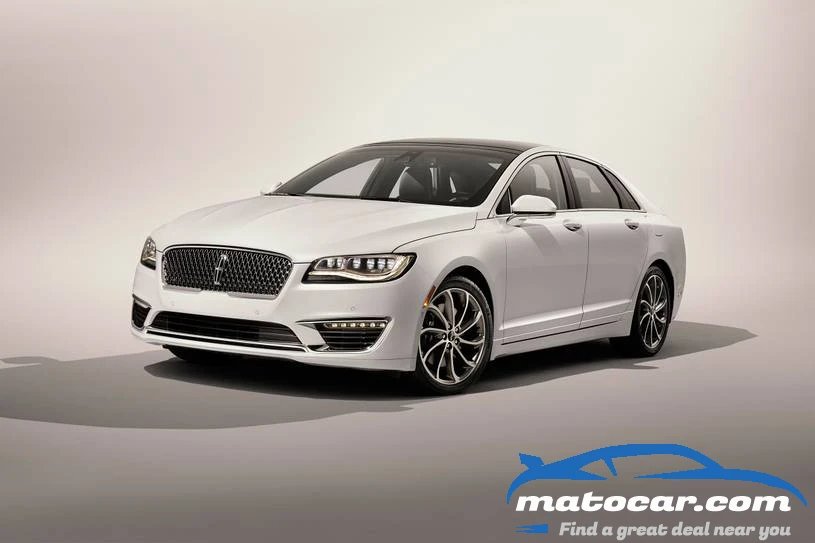Ford E-Transit 2022 Review Prices , and Pictures
10.0/10
Based on 1 reviewsMSRP range: $45,000
- A fully electric version of Ford's illustrious Transit Cargo Van
- Ford-estimated 126 miles of range for the low-roof variant
- Available in three roof heights and three lengths plus chassis cab models
- 12-inch center touchscreen with Sync 4 comes standard
- Introduces the first E-Transit generation for 2022
The Ford Transit is a full-size van available in cargo, crew and passenger configurations. As its name suggests, the 2022 Ford E-Transit is an electrified version of that same van. Buyers can select from three roof heights and three body lengths to tailor the E-Transit to their needs. No matter which combination you choose, the E-Transit will have similar interior capacities and mounting points when compared to a comparably specced Transit.
Ford's new electric van looks promising on paper, but the E-Transit's size and battery capacity might limit widespread commercial adoption. It's powered by a 67-kWh battery, which only provides an estimated 126 miles of range in the low-roof variant. Mid- and high-roof versions will likely have shorter range since they create more aerodynamic drag. Even the low-roof's range isn't nearly enough for the E-Transit to serve as a long-distance cargo carrier, but as a city roundabout or delivery vehicle, it should be enough.
What's under the E-Transit's hood?The Ford E-Transit's battery is mounted under the floor and powers a single electric motor that drives the rear wheels. The motor produces 266 horsepower and 317 lb-ft of torque, and, like most electric vehicles, we expect that the E-Transit will have impressive off-the-line acceleration thanks to its instant torque delivery.
We think this electric van will fit nicely in the Transit powertrain lineup, which currently consists of a gasoline V6 (275 horsepower, 262 lb-ft of torque), a turbocharged gasoline V6 (310 hp, 400 lb-ft) and a turbocharged diesel four-cylinder (210 hp, 369 lb-ft).
How's the E-Transit's interior?While it is distinctly utilitarian on the inside, the current Ford Transit is one of the most impressive vans on the market. The well-built cabin and sturdy trim pieces make the driving compartment feel robust and purposeful. Since the E-Transit is simply an electric-powered version of the standard van, we expect the same solid interior quality. While the Mercedes-Benz Sprinter has a few features that make it feel more luxurious, the Transit doesn't feel stripped-down or underequipped in any way.
How's the E-Transit's tech?Part of the E-Transit's immediate appeal will be the standard Sync 4 infotainment system. We've found the previous version of Sync to be easy to use, with clear graphics and well-labeled controls. The Sync 3 system in the current Transit isn't as impressive as the Sprinter's MBUX powerhouse, but the E-Transit with Sync 4 should even the playing field. At 12 inches, the central touchscreen is generously sized for this class, and while we haven't had experience with the system in person yet, we expect it to be just as user-friendly as its predecessor.
There are several other tech features worth mentioning on the E-Transit. The Pro Power Onboard system provides 2.4 kilowatts of power so operators can charge and use tools while the van is on the job site. Also on the options list is a multitude of driver safety aids — lane keeping assist and forward collision mitigation come standard, but buyers can further outfit the E-Transit with adaptive cruise control, blind-spot monitoring and rear automatic emergency braking. And for drivers in especially warm or especially cold climates, there's cabin preconditioning, which optimizes cabin temperature while the E-Transit is plugged in.
How's the E-Transit's towing and hauling?While Ford hasn't released official towing or hauling numbers yet, the automaker is "targeting" a maximum payload rating of 3,800 pounds for cargo vans and 4,290 pounds for the cutaway version. Since the batteries are located under the floor of the E-Transit, cabin space is the same as the standard model. That means the E-Transit's high-roof extended-wheelbase variant can store just as much as a similarly equipped Transit — a staggering 487.3 cubic feet of cargo capacity. If the E-Transit is eventually rated for towing, we expect it to be a relatively low number.
How economical is the E-Transit?Since the estimated range is so short, we expect operators will have to plug in the E-Transit most nights. Charging via a 240-volt outlet will add roughly 10 miles of range per hour to low-roof models, while using Ford's Connected Charge Station (which ups the amperage) raises the figure to 15 miles of range. A full charge using Ford's station will take about eight hours. Drivers on the go can tap into the growing network of DC fast-charging stations. On a DC charging station deploying 115 kW of electricity, the E-Transit can add 30 miles of range in 10 minutes of charging and 45 miles of range in about 15 minutes.
MatoCar saysThe 2022 Ford E-Transit is just a part of Ford's electrification strategy, a plan that includes the Mustang Mach-E crossover and F-150 pickup. We aren't fans of the E-Transit's relatively short range, but as a whole, this is a big van that we're looking forward to in a big way.
Rate the car
You may also like
0 Comments









